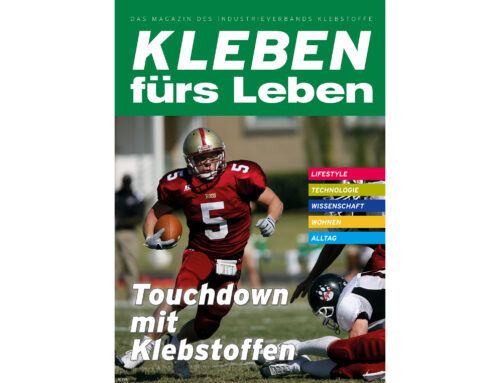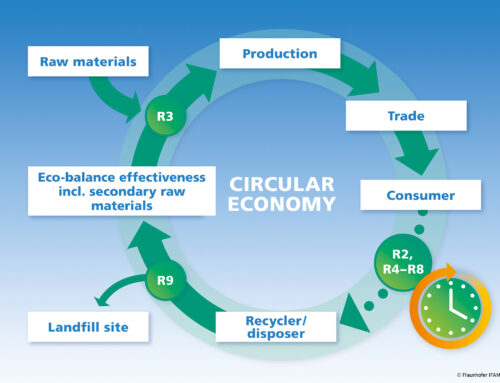Significant price increases for basic chemicals and intermediates, limited availability and a strong global demand make adhesive raw materials significantly more expensive. In addition, steadily raising regulatory costs and the shortage of freight capacities are leading to noticeable additional burdens on the cost structure of German adhesive manufacturers.
Since the beginning of 2016, the adhesives industry has been concerned about significant price increases for basic chemicals and intermediates, which are the chemical basis for a large number of key adhesive raw materials.
The contract price for ethylene in Europe has risen by about 40% in the past 24 months, the price of propylene even by 70%. Butadiene, for which the price has almost doubled, and styrene (+ 30%) belong to the category of so-called “volatile commodities”; their price levels in Europe are strongly dependent on the global supply and demand structure.
Already since mid-2016, these additional costs for basic chemicals have had an impact on the prices for intermediates and specialty chemicals that have noticeably risen.
For Vinyl Acetate Monomer (VAM), the main raw material for aqueous dispersion adhesives, as well as for so-called EVA polymers, the adhesives industry has seen price increases of 40% since the end of 2016. The reason for this is a strained, import-dependent supply situation due to a strong and continuing demand, especially from the Asian and US markets.
The landed costs for the typical raw materials for the production of thermoplastic hot-melt adhesives – EVA polymers, polyolefines, resins and waxes – have also increased significantly over the same period in line with the aforementioned cost development of raw materials.
The limited availability of polyesters and isocyanates has a drastic effect; they are the main components of polyurethane hot-melt adhesives. The price increases for isocyanates have been up to 70% over the past two years. Due to several Force Majeur declarations from various manufacturers in 2017, the availability in the world market is still limited and the adhesives industry is faced with significantly higher raw material costs. Due to the very high proportion of isocyanates in the formulation of PUR adhesives, the production costs of these products are particularly affected.
The continuing limited availability of raw materials, combined with an enduring strong global demand for basic chemicals and specialty chemicals from which adhesives are made, ultimately leads to further additional burdens on the formulation- and production cost structure of German adhesive manufacturers.
In addition, the entire chemical industry, which includes the adhesives industry, is confronted with a multitude of national and European laws and regulations (Renewable Energy Sources Act, Federal Immission Control Act, REACh, CLP, EU-Biocide Regulation, etc.) which create significant administrative overheads throughout the value chain.
Another particular challenge at present is the scarcity of freight capacities in Europe, which is directly attributable to the growing shortage of qualified driving personnel, and which has made transport significantly more expensive.



